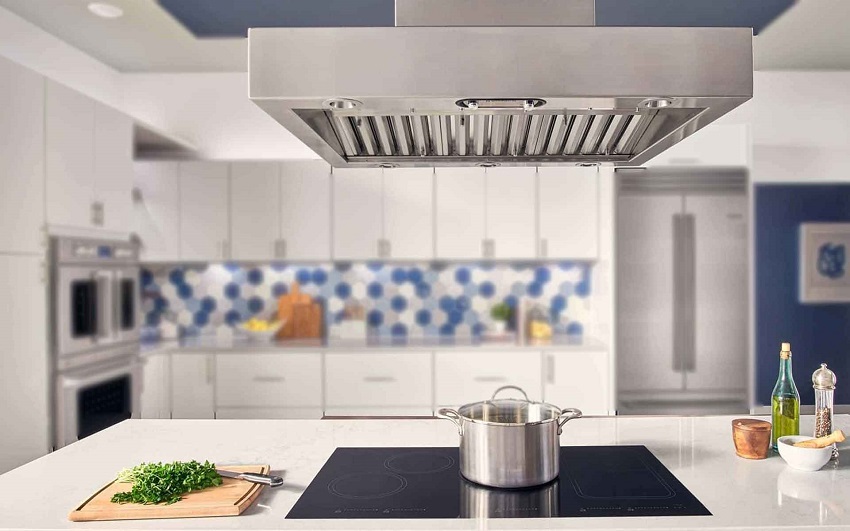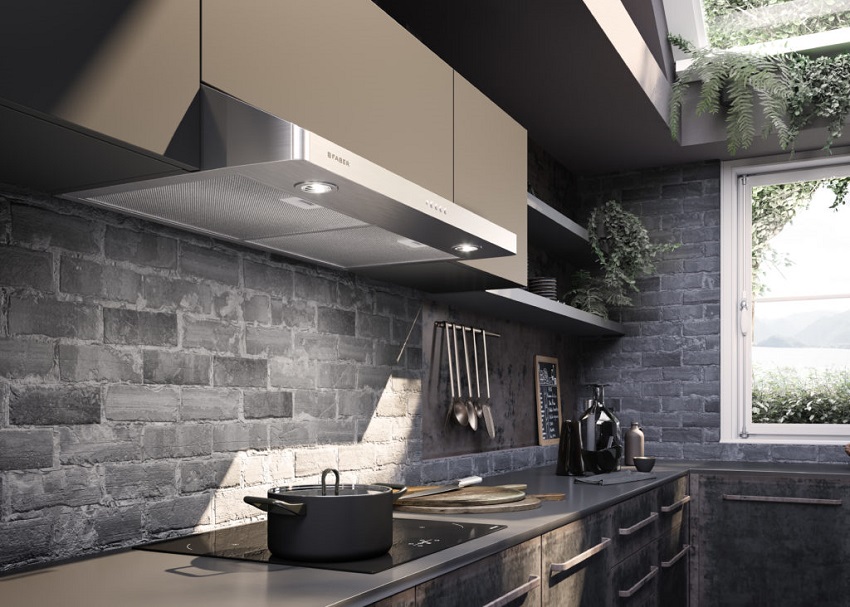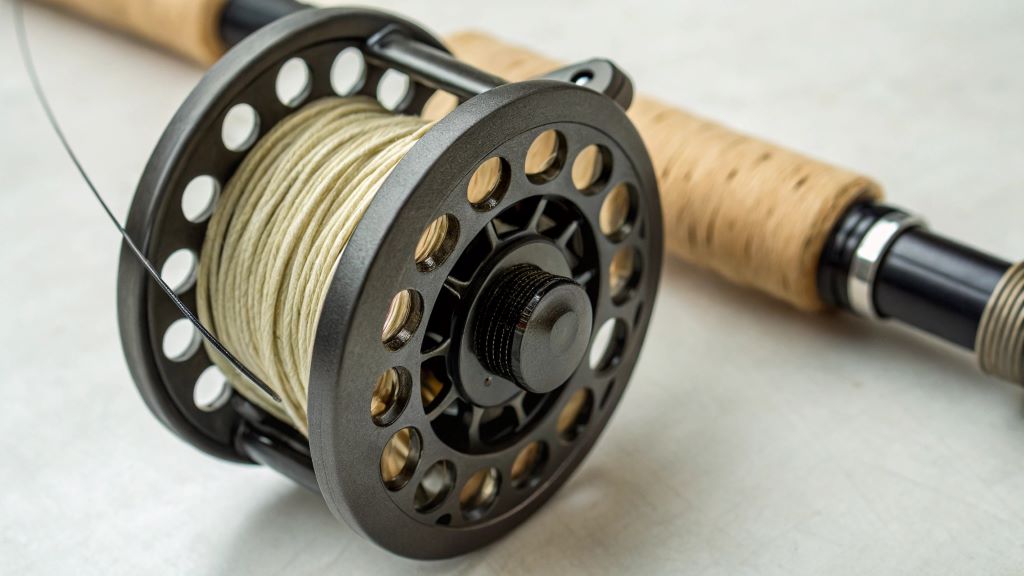When it comes to choosing a fan for your kitchen, there are several factors to consider. The right kitchen fan can significantly improve ventilation, keep the air fresh, and remove unwanted odors while cooking. In this article, we will discuss the essential considerations for selecting the ideal fan size for your kitchen. From the benefits of proper ventilation to the different fan sizes available, we’ve got you covered. The article is brought to you by Thebinderblog.com.
The Importance of Kitchen Ventilation
Having proper ventilation in your kitchen is crucial for maintaining a healthy and comfortable cooking environment. While cooking, a lot of heat, steam, grease, and odors are generated. Without adequate ventilation, these elements can linger in the air and create an unpleasant atmosphere. Installing a kitchen ceiling exhaust fan is a great way to ensure proper ventilation and keep your kitchen air fresh and clean.
Benefits of Installing the Right Size Fan
- Effective Air Circulation: A properly sized kitchen fan ensures efficient air circulation, promoting better indoor air quality.
- Smoke and Odor Removal: Cooking can produce strong odors and smoke, but the right fan size can effectively eliminate them.
- Reduced Humidity: Cooking generates steam, which can lead to excess humidity. A suitable kitchen fan helps reduce humidity levels.
- Prevents Mold and Mildew: Lowering humidity levels prevents the growth of mold and mildew, which can be detrimental to health.
Determining the Kitchen Fan Size
The size of the kitchen fan is typically measured in cubic feet per minute (CFM). To determine the appropriate fan size for your kitchen, follow these steps:
Step 1: Measure Kitchen Dimensions
Measure the length, width, and height of your kitchen in feet. Multiply these measurements to calculate the cubic footage of the room.
Step 2: Calculate CFM
For an average kitchen, it is recommended to have 8 to 10 air changes per hour. To calculate the required CFM, multiply the cubic footage of your kitchen by the desired air changes (e.g., 8 or 10).
Step 3: Adjust for Cooking Appliances
If you have a gas range, add 100 CFM to the calculated CFM. For electric stoves, add 50 CFM.
Step 4: Determine Fan Size Range
Once you have the adjusted CFM value, consider fan sizes that fall within this range. It’s always better to choose a slightly higher CFM than the minimum requirement for better performance.
Types of Kitchen Fans
There are various types of kitchen fans available, each with its unique benefits:
Wall-Mounted Fans
Wall-mounted fans are placed on an external wall and are suitable for kitchens without cabinets above the cooktop. They are excellent at removing odors and heat.
Under-Cabinet Fans
Installed beneath kitchen cabinets, under-cabinet fans are discreet and space-saving. They provide excellent ventilation and lighting for the cooking area.
Island Fans
Island fans are suspended from the ceiling above an island or peninsula in the kitchen. They offer great ventilation for open-concept kitchen layouts.
Downdraft Fans
Downdraft fans are built into the cooktop or countertop and rise when needed. They are a sleek option for kitchens with minimalist designs.
Installation Considerations
Before finalizing your kitchen fan, consider the following installation factors:
- Exhaust Ducting: Ensure that the fan can be connected to proper exhaust ducting to expel air outside the house.
- Clearance Above Cooktop: Check the minimum distance required between the fan and the cooktop for safety and efficiency.
- Noise Level: Look for a fan with lower decibel levels to avoid disturbances while cooking.
Conclusion
Choosing the right fan size for your kitchen is essential for maintaining a healthy and pleasant cooking environment. Proper ventilation helps remove odors, smoke, and excess humidity, ensuring a comfortable cooking experience. When determining the fan size, consider the kitchen’s dimensions, cooking appliances, and desired air changes per hour. Don’t forget to explore different types of kitchen fans, such as wall-mounted, under-cabinet, island, or downdraft fans, to find the one that suits your kitchen layout and needs best.
FAQs (Frequently Asked Questions)
Q1: Can I install the kitchen fan myself?
Yes, many kitchen fans come with installation instructions and can be installed as a DIY project. However, if you are not confident in your skills, it’s best to hire a professional for safe installation.
Q2: How often should I clean my kitchen fan?
For optimal performance, it’s recommended to clean the kitchen fan at least every three months. Grease and dirt buildup can hinder the fan’s efficiency.
Q3: What if my kitchen dimensions are irregular?
If your kitchen has irregular dimensions, you may need to consult with a professional to determine the appropriate fan size and placement.
Q4: Can I use a bathroom exhaust fan in the kitchen?
No, bathroom exhaust fans are not suitable for the kitchen. Kitchen fans are designed to handle the specific cooking-related pollutants.
Q5: Do kitchen fans require regular maintenance?
Yes, regular maintenance is essential to keep the kitchen fan running efficiently. Cleaning and inspecting the fan periodically will ensure its longevity and effectiveness.



